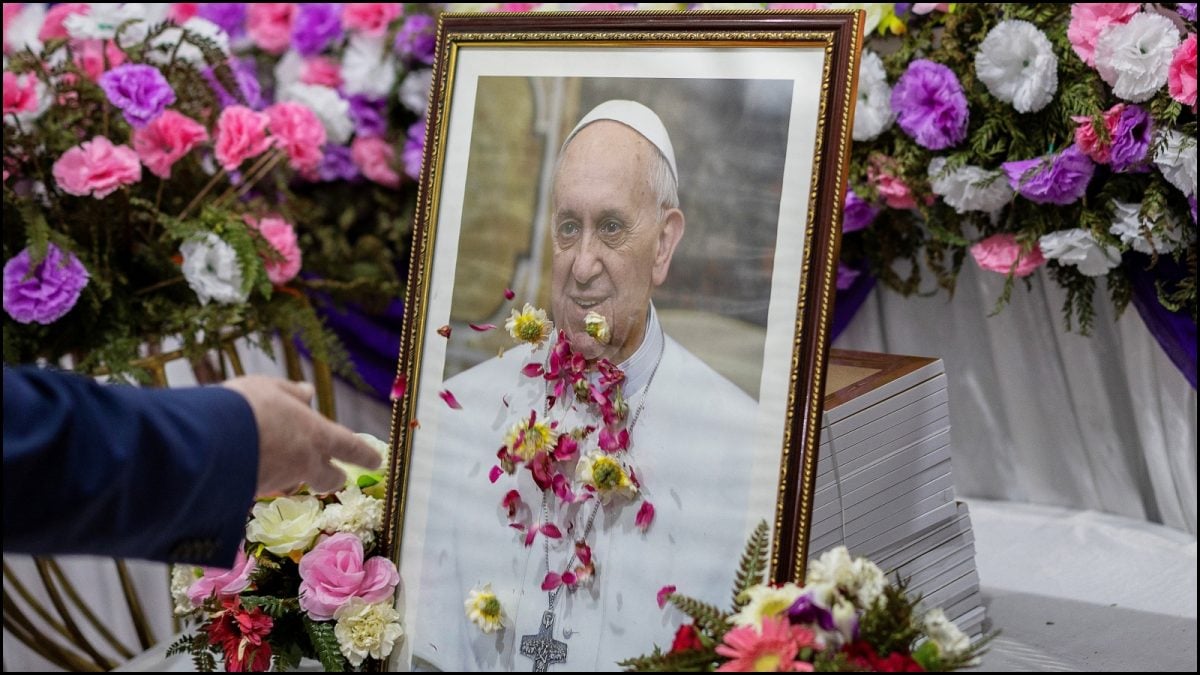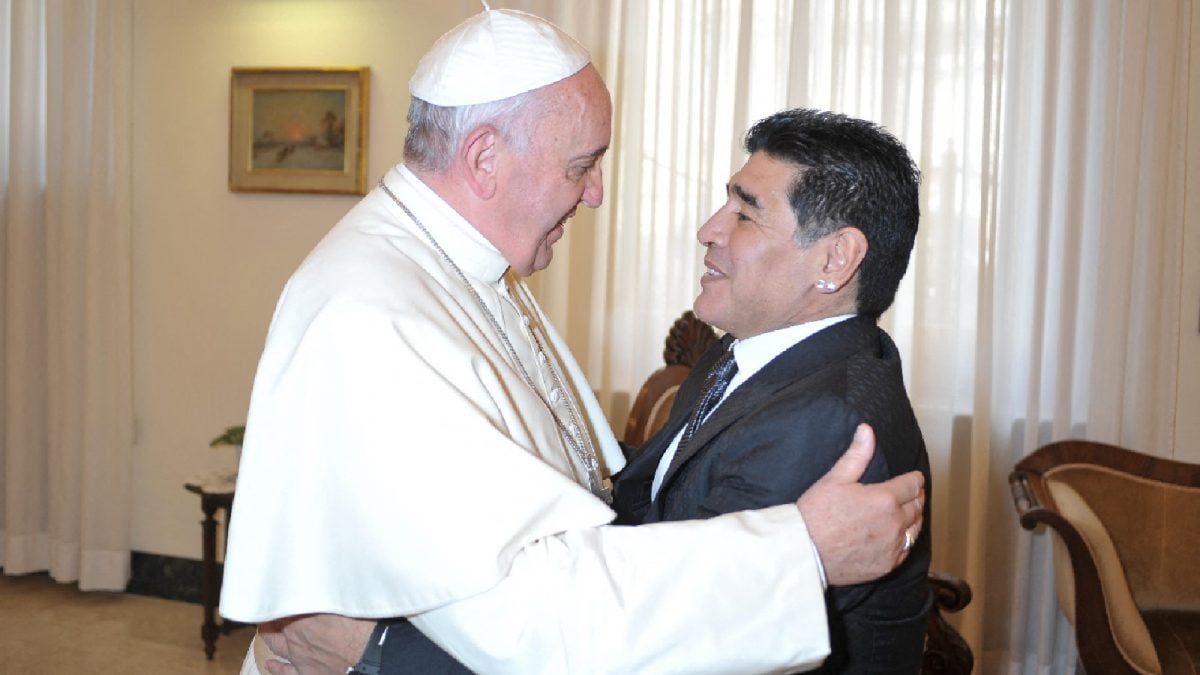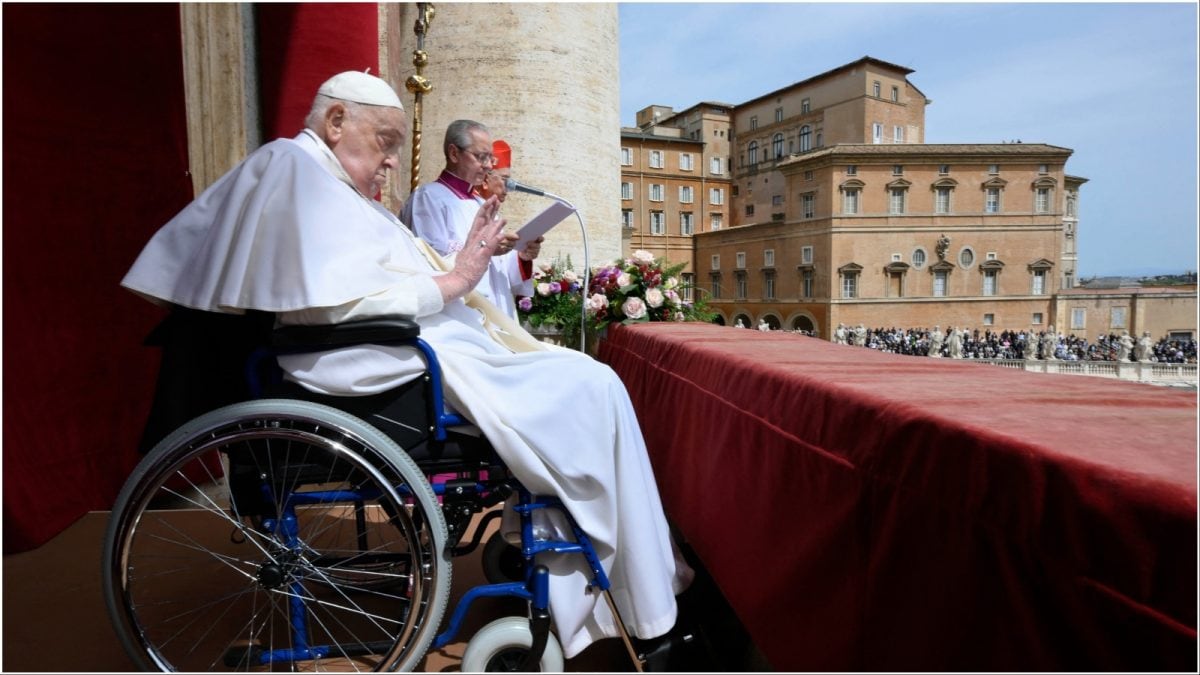Last Updated:February 27, 2025, 17:41 IST
The Japanese imperial family faces a crisis due to a male-only succession law. With only Prince Hisahito as heir, the lack of male successors threatens the monarchy's future

Prince Hisahito is the only male member in the next generation of the royal family. (AP File)
The Japanese imperial family, among the world’s oldest, faces an existential challenge posed by a centuries-old succession law. This tradition dictates that only male heirs can ascend to the throne, raising concerns about the monarchy’s future.
The Japanese imperial line of succession, a centuries-old tradition, dictates that only male heirs are eligible for the throne. This rule precludes female members of the royal family from ascending to the position of emperor. Consequently, the number of potential successors within the imperial family has experienced a consistent decline.
Currently, the successor to Emperor Naruhito of Japan is his nephew, Prince Hisahito, the only male member in the next generation of the royal family. Should Prince Hisahito remain without a son, the chain of succession will end. This rule also places significant restrictions on women of the royal family, requiring them to relinquish their royal status if they marry a common citizen. Consequently, the role of women in the royal family is limited, and their freedom restricted.
The Law Introduced In 1947
There have been numerous debates in Japan regarding the amendment of this rule, but concrete action is yet to be taken. While some contend that the rule contradicts principles of gender equality, others perceive it as integral to royal tradition. This tradition is deeply rooted in Japanese society, which has historically exhibited patriarchal tendencies.
The Imperial House Law, introduced in 1947, dictates male-only succession to the Japanese throne. This leaves Prince Hisahito, aged 18, as the sole heir apparent after his father, Prince Akishino. Japanese royal tradition prohibits sons of female members marrying outside the dynasty from entering the line of succession.
Therefore, while not the direct heir to Emperor Naruhito, Prince Hisahito is positioned to ascend the throne in the future. Although Emperor Naruhito has a daughter, the Imperial House Law prevents her from eligibility for the throne.
Royal Title Of Princesses Taken Away
One contributing factor to the succession crisis within the Japanese royal family is the tradition of princesses relinquishing their royal status upon marriage to commoners. This practice was evident four years ago with the case of Princess Mako, daughter of Prince Akishino (the brother of Emperor Naruhito) and elder sister to Prince Hisahito.
Upon her marriage to Kei Komuro, her long-time boyfriend and a commoner outside the Japanese dynasty, Princess Mako, in accordance with Japanese imperial tradition, forfeited her royal title.
According to Japanese dynastic tradition, a princess or prince marrying outside the dynasty receives compensation of approximately Rs 7.5 crore. However, Mako declined this compensation. Mako chose to have a simple wedding. For almost four years, Princess Mako persisted in persuading her family to allow her to marry her boyfriend. During this period, she encountered significant controversy and experienced a two-year period of depression before her marriage. Mako states that her love for her partner motivated her actions, as she prioritises happiness in her life.
Princess Noriko Also Married A Commoner
Such incidents have occurred previously. This marked the second setback for Japan’s royal family in slightly over a decade. Princess Mako’s elder sister, Princess Noriko, also married outside the royal family in 2014. Mako had nearly announced her own marriage in 2017 but withdrew under pressure from the royal family. It was subsequently anticipated that she would make a decision in 2020; however, she again declined to marry.
Different Rule Applicable For Princes
In contrast, this rule does not extend to Japan’s princes. They are free to marry whomever they choose, and their wives are welcomed into the royal family. While sons born from these marriages are considered heirs, daughters, despite enjoying all the privileges, are not eligible for succession. Consequently, from 1965 to 2006, the Japanese royal family did not welcome a single male heir. For 41 years, princesses were born, but no prince arrived. The birth of Prince Hisahito in 2006 brought immense relief to the royal family, as their long-awaited heir had finally arrived.
Currently, the Japanese imperial family comprises 17 members, with only four male members. Hisahito, the youngest member, carries significant expectations. However, the scarcity of male heirs raises concerns about the lineage’s future. Six princesses remain unmarried, unable to find spouses within the family, and may eventually marry Japanese citizens. Should this occur, the imperial family would shrink to 11 members.
Consequently, discussions regarding potential rule changes are gaining traction. Without such changes, the Japanese imperial family’s future remains uncertain, potentially relegating it to the annals of history.
Location :Japan
First Published:February 27, 2025, 17:41 IST
News explainers This Law Is A Threat To Japan's Royal Family, Why Can’t Princesses Inherit The Throne?

 1 month ago
1 month ago

















